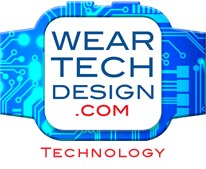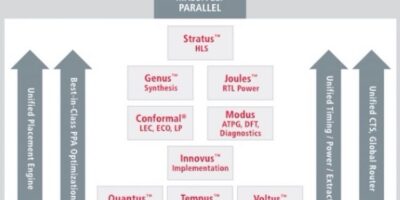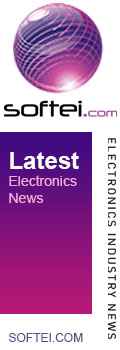Cadence releases design flow and sign-off tools for Cortex-A77
Following the announcement by Arm of the Cortex-A77 CPU, Cadence has followed up quickly, with full-flow digital and sign-off tools optimised for this processor.
A 7nm Rapid Adoption Kit (RAK) is designed to accelerate the adoption of Arm’s latest processor. It uses Arm 7nm POP IP libraries and includes documentation and tool scripts that detail how customers can leverage existing Cadence full-flow digital tool to create designs with the Cortex-A77 processor.
The Cadence RTL-to-GDS flow includes the Innovus implementation system, which has statistical on-chip variation (SOCV) propagation and IR-driven optimisation results to improve the timing closure and power integrity for 7nm designs.
Also included is the Genus, a register-transfer level (RTL) physical synthesis which supports all the latest 7nm advanced-node requirements for convergent design closure using Innovus.
Another characteristic is Conformal Equivalence Checking to ensure the accuracy of logic changes and engineering change orders during the implementation flow. The Conformal Low Power feature enables the creation and validation of power intent in context of the design, combining low-power equivalence checking with structural and functional checks to allow full-chip verification of power-efficient designs.
To address timing, there is Tempus, which offers path-based, signoff-accurate timing analysis, and 7nm physically aware ECO design optimisation to accelerate the route to tapeout. Addressing IC power integrity, Voltus is a static and dynamic analysis tool, used during implementation and signoff ensures optimal power distribution design. Finally, Quantus fulfils all 7nm advanced-node requirements, says Cadence, to ensure accurate correlation to final silicon.
Cadence software, hardware and semiconductor IP are used by electronic systems and semiconductor companies around the world. Cadence’s System Design Enablement strategy helps customers develop differentiated products in a variety of market segments, from chips to boards to systems, such as mobile, consumer, cloud data centre, automotive, aerospace, IoT and the industrial sector.




